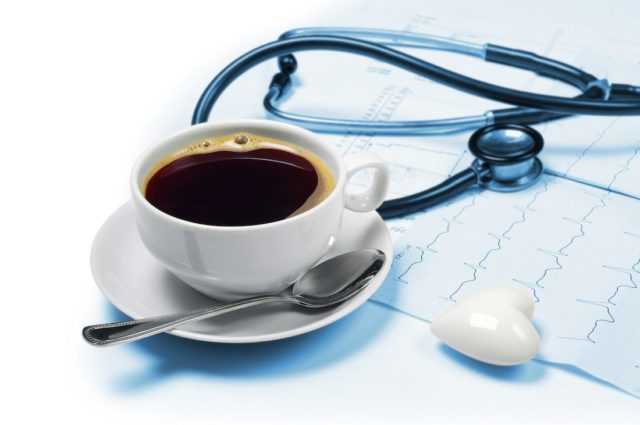Coffee and tea consumption and the risk of head and neck cancer
February 25, 2025

Coffee and tea consumption and the risk of head and neck cancer: An updated pooled analysis in the International Head and Neck Cancer Epidemiology Consortium
Drinking more than four cups of caffeinated coffee a day was associated with a reduction in the risk of overall HNC (head and neck cancer), as well as oral cavity and oropharynx cancer, by 17%. Consuming 3-4 cups of caffeinated coffee has been linked to a reduced risk of hypopharyngeal cancer.
With nearly 10,000 cases of HNC (head and neck cancer) and over 15,000 controls analyzed, new research from the International Head and Neck Cancer Epidemiology Consortium represents one of the most in-depth analyzes exploring the protective role of coffee and tea. Below we read the first part of the article published on the daily healthcare portal.
Benefit of coffee and tea:
MILAN – A new study published by the International Head and Neck Cancer Epidemiology Consortium in the journal Cancer sheds light on the potential protective role of coffee and tea against head and neck cancers.
Drinking more than four cups of caffeinated coffee per day was associated with a 17 percent reduction in the risk of overall HNC, as well as oral cavity and oropharynx cancer. Consuming 3-4 cups of caffeinated coffee has been linked to a reduced risk of hypopharyngeal cancer.
Decaffeinated coffee has also shown protective effects, particularly against oral cavity tumors. Moderate tea consumption (up to one cup per day) was associated with a 9% lower risk of HNC and hypopharyngeal cancer. However, consuming more than one cup of tea per day has paradoxically been linked to a 38% increase in the risk of laryngeal cancer.
These data are particularly relevant in a context where head and neck cancers represent a growing global health challenge. Although coffee and tea cannot replace other prevention strategies, such as reducing alcohol and tobacco consumption or promoting a balanced diet, they could represent a useful addition in the fight against these pathologies.